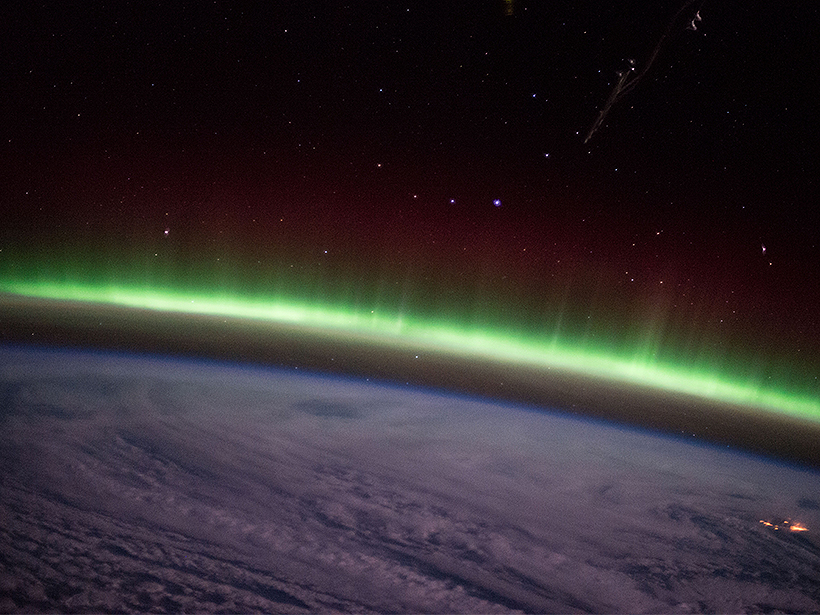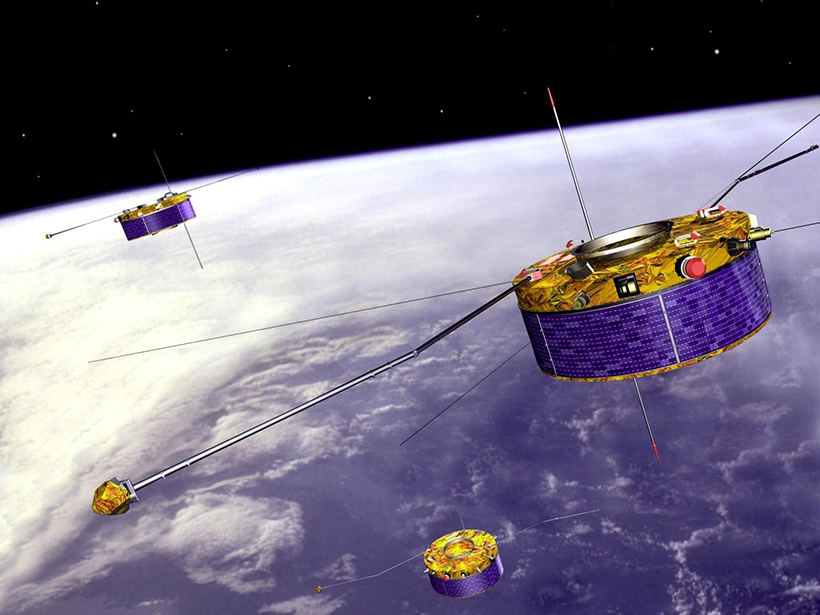Very low frequency radio, a well-proven tool for solar-terrestrial studies, proves to be adept at detecting the stresses that space weather imposes on the transformers at the heart of power grids.
magnetic fields & magnetism
Going with the Flow in Outer Space
Near-Earth space is a dynamic electric environment containing different types of current that are continually changing over time and space.
Mysterious Aurora Borealis Feature Explained for the First Time
High-speed particles cause indentations in the magnetopause to form “throat auroras.”
Challenging the Day Diagram, a Rock Magnetism Paradigm
A critique of the plot routinely used to determine bulk magnetic properties concludes the technique is so ambiguous that new approaches to understanding magnetic mineral assemblages must be developed.
Anatomy of a Flux Rope Hurtling Through the Solar System
Pancaking and erosion can explain a lot of the structural change in magnetic flux ropes as they fly evolve during their supersonic flight through the inner solar system.
How Space Storms Affect the Satellite Superhighway
A powerful numerical model reveals how space weather disturbs magnetic field at geosynchronous orbit.
Capturing Structural Changes of Solar Blasts en Route to Earth
Comparison of magnetic field structures for 20 coronal mass ejections at eruption versus Earth arrival highlights the importance of tracking structural evolution to refine space weather predictions.
Electric Currents in Outer Space Run the Show
A new book explores our understanding of electric currents, which are fundamental to the structure and dynamics of space plasmas.
How Heavy Oxygen Ions Escape Earth’s Gravity
A new study reveals that low-frequency electromagnetic waves accompany intense heating events at low altitudes.
Increasing Radiation Levels May Challenge Space Exploration
New research shows that solar radiation levels are growing 10% faster than previously believed and that the radiation environment in space will worsen with time.








